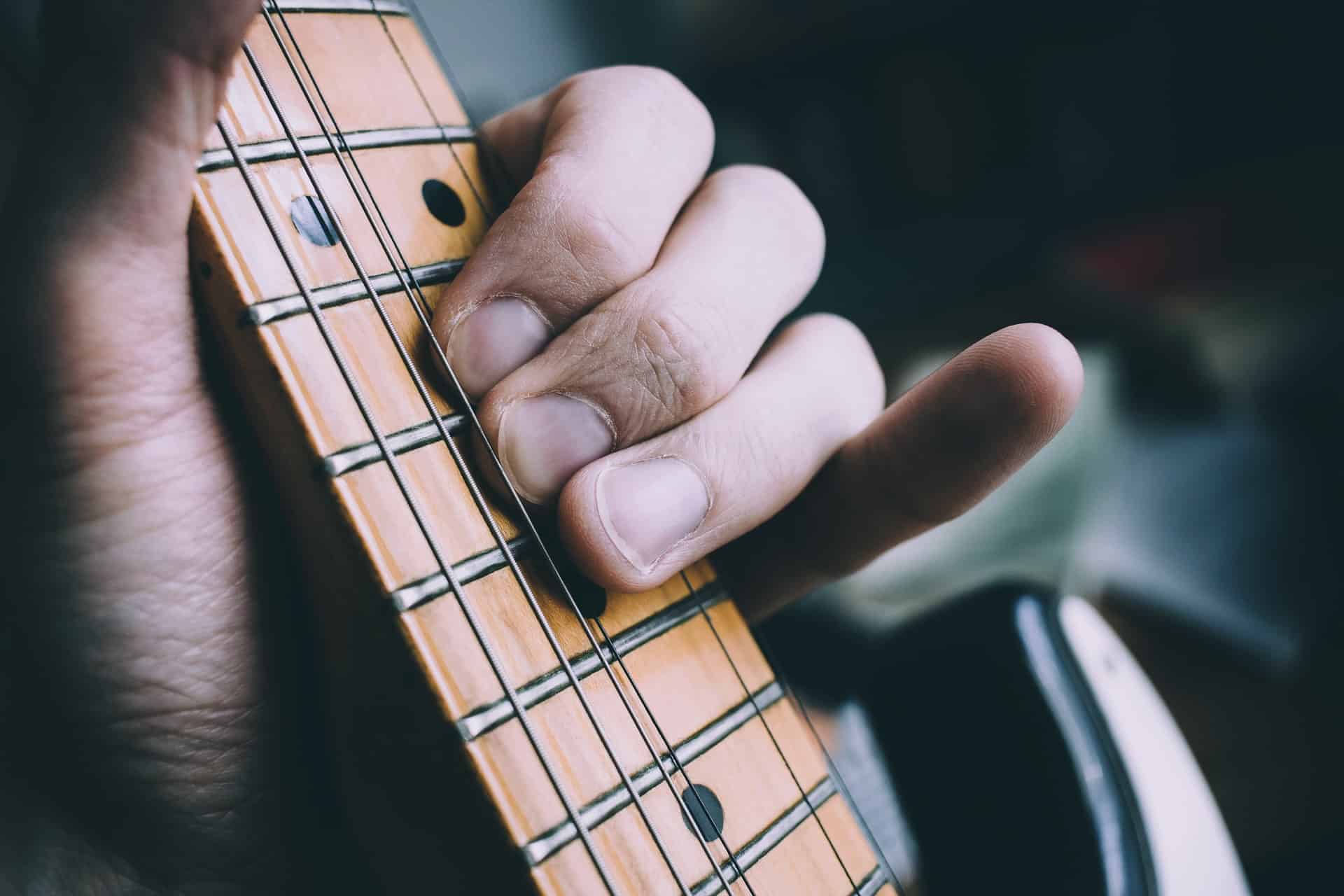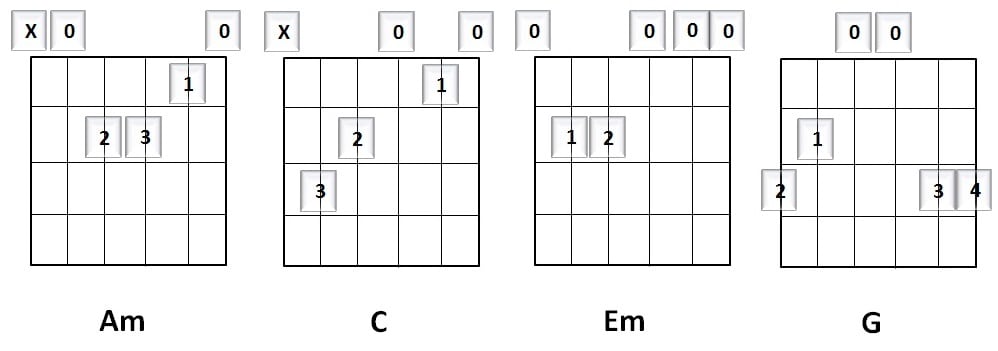How to get improvising and making up your own guitar solos


While improvising and making up your own lead parts is exciting, many people find it intimidating.
Where do I start? What do I need to do? Am I good enough to make up my own solos yet? You can start to learn to improvise much sooner than you probably think. If you know a scale (if you don’t, read below for the suggestion for the first scale to learn) and a few chords, you can start to improvise.
Here is a step by step way you can start to learn to improvise straight away with some of the things you have already learnt from other songs:
What do you need to know to improvise on a guitar?
1. A scale
Probably the easiest scale to learn first is the A Penatonic Minor scale. This is a very popular scale for guitar solos and lets you practice lots of different techniques that you can then use in other scales.

2. A few chords from the same key as your scale.
While you will need to learn more about keys, let’s keep it simple so you can start playing right away. An example of a chord progression that will go with your A Penatonic Minor scale is: Am, C, Em, G. You could play these chords around a few times and record them or use a loop pedal to make a backing track. Alternatively, you could find backing tracks in Am (A Minor). If you have a friend who plays an instrument, get them to play the chords for you.

3. Play the scale in time with the backing track.
You could start with playing the scale up and down on the beat before making some notes longer and some notes shorter. Get used to playing something different to the backing track and learn the pattern.
4. Start to jumble up the notes.
Skip some notes of the scale. Repeat others. Stay on the higher strings. The goal here is to make the notes sound less like a scale and more like a melody. A good tip here is to try and not play too many notes all the time. Think of it as if you were speaking, you would need to breath! Make sure there are some rests and gaps in your playing.
5. Add some techniques to your notes.
You could slide from one note of the scale to another. Use hammer ons and pulls off. Vibrato’s will work on any note.
6. Have fun experimenting with different orders of the notes. Use different speeds of playing the groups of notes.
Hold a note longer and then follow it with 3 or 4 fast notes. You will likely hit wrong strings and clip notes – that is all OK. If you find you are getting lost, make your improvising a bit easier for a while and build it up again. Many people ‘just don’t know what to play’ as improvising is very unstructured compared to most types of guitar playing. You will get used to it and you can be much more creative with it once you get the hang of it.

Leave a Reply